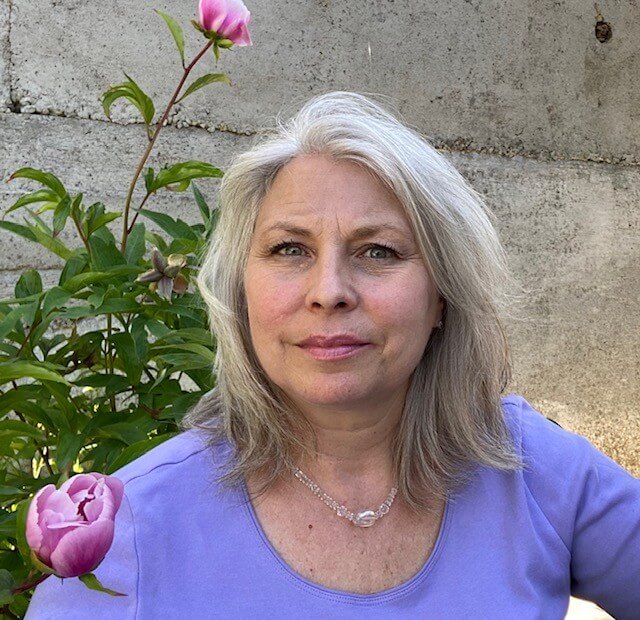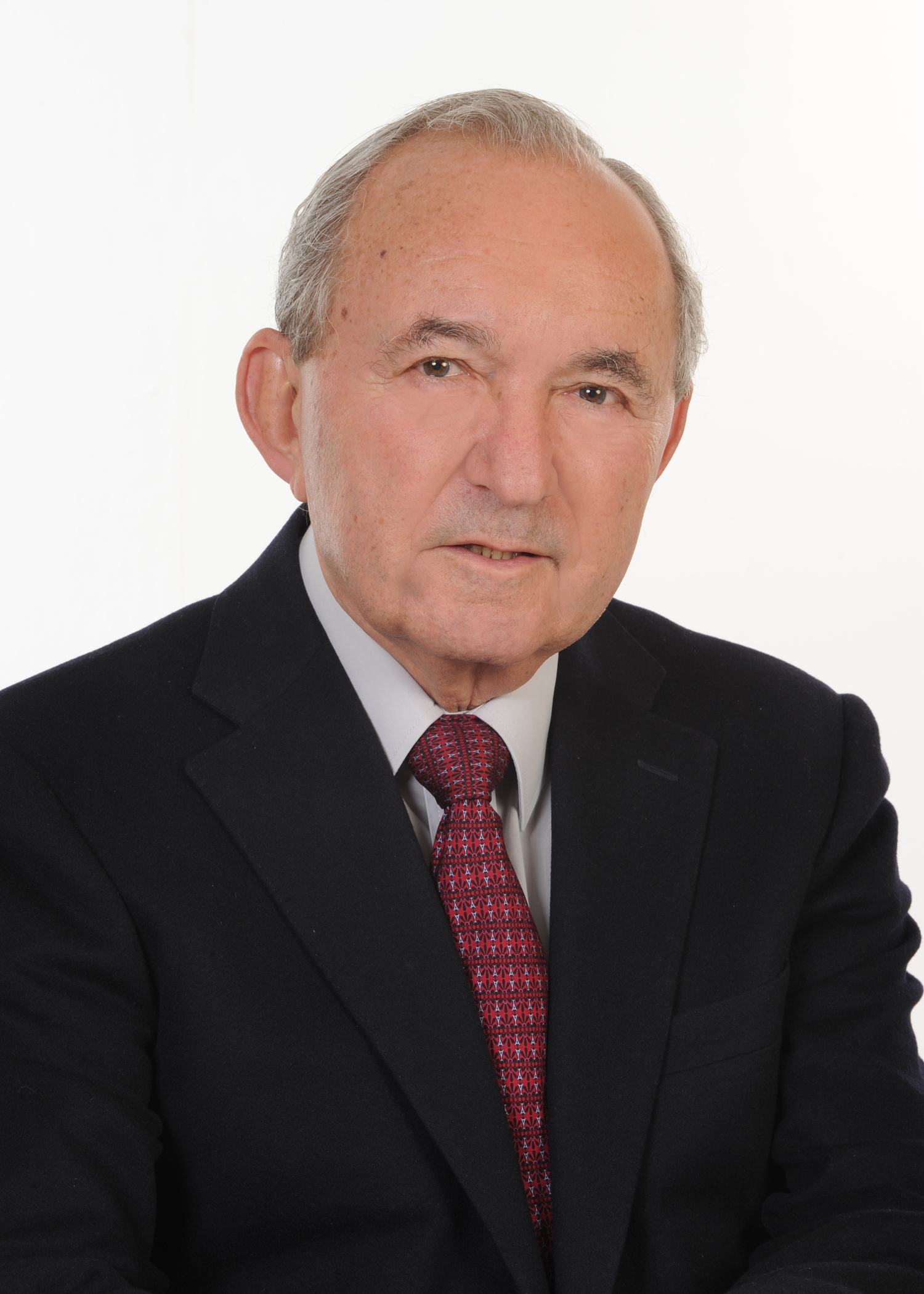Stephanie Frease worked as an investigator for the Office of the Prosecutor (OTP) at the International Criminal Tribunal for the Former Yugoslavia from April 1995 to November 2007.
On 21 July, 1995, ten days after the fall of the Srebrenica enclave, she flew to Tuzla with an advance team to gather facts and identify witnesses of the genocide in Srebrenica. With her colleagues, she undertook field work, information gathering, and data analysis to develop a solid foundation for the Srebrenica case.
In 2006 and 2007, Frease prepared Army of Republika Srpska (VRS) communications intercepted by the Army of Bosnia and Herzegovina (ARBiH) and by the Ministry of the Interior’s State Security Service office (MUP SDB) in Sarajevo, for the trial of Popovic et al. In that trial, seven defendants were accused of crimes committed during the fall of Srebrenica, for genocide, crimes against humanity and other war crimes.
She testified on the authenticity and reliability of intercepted conversations between RS Army officers, captured by members of the ARBiH and the Ministry of the Interior of the Republic of Bosnia and Herzegovina in July 1995 . During her testimony, some of the intercepted conversations put other evidence in context. This included material seized from the Zvornik Brigade Command, in which, on 16 July 1995, the accused Popović asked for 500 liters of D2 fuel for Pilica, so that he would not “have to stop working”, ie . stop the transport of captured Bosniaks to execution sites . On that day alone, more than 1,500 Bosniaks were executed in the Pilica Cultural Center, and on a nearby farm in Branjevo . Further, a conversation was intercepted between two VRS officers discussing the transfer of 1,500 Muslim civilians to a football stadium in Nova Kasaba on 13 July 1995 . Investigator Frease linked this to aerial footage of Nova Kasaba from the same time as this conversation . It clearly shows a large group of people in the stadium, who were later executed by members of the VRS.
„The ICTY’s work created an enormous reservoir of fact-based, historically significant evidence concerning the wars in the former Yugoslavia in the 1990s. I had expected that such information would be used to establish a foundation upon which regional leaders and citizens could acknowledge wartime atrocities, with the aim of accepting established facts and creating a shared future.“
„On 21 July 1995, ten days after the fall of the enclave, three colleagues and I flew to Tuzla from The Hague, to begin to gather facts and identify witnesses related to those events. With me on the advance team were: Jean-René Ruez, Matthew Hodes, a lawyer and former UN Civil Affairs Officer who briefly worked for the OPT, and Muhamed Susic, also a lawyer who was a Legal Officer at the OTP. He helped open the ICTY office in Sarajevo and did not work for the court very long. I spent most of the next five years working on that case.„
„The VRS radio communication intercepted by the ARBiH and MUP SDB of the Republic of Bosnia and Herzegovina (RB&H) was vital evidence in every Srebrenica-related trial. The VRS radio communication intercepted by the ARBiH and MUP SDB RB&H was vital evidence in every Srebrenica-related trial. The majority of that material came to the ICTY through transcripts that were handwritten in children’s notebooks (due to wartime shortages), and then typed. Initially, the conversations were recorded on reel-to-reel tapes, but given the war was ongoing and tapes were in short supply, once conversations had been transcribed, the tapes were reused. The transcripts, however, forever memorialized the words and language spoken by the individuals involved in carrying out the capture, detention and execution of over 7,000 prisoners of war.“
„I testified about that material in four trials: Krstic, Popovic et al., Tolimir and Karadzic. My testimony focused on two main questions: 1) Was the intercepted communication authentic? and; 2) Was it reliable? Put simply, was the material real or had it been fabricated? And if it was real, was the work done in such a way to make it reliable? Did members of the ARBiH and MUP SDB follow a process, and was the work done to a high standard? After two years of analysis, and extensive third party, independent corroboration of the content of dozens of those conversations, the answer was “yes.”
„Indeed, in July 1995 ARBiH operators reported that they were short-staffed, and that had additional resources been available they would have recorded more conversations. Even if the ARBiH and MUP SDB recorded only a portion of the VRS conversations during those critical days, it did not negate the content or the high-quality work carried out.“
Read InterviewSources
- Hafizović-Hadžimešić, A. (2021). On the Side of Humanity [Na strani čovječnosti]. Sarajevo: Udruženje Pokret majki enklava Srebrenica i Žepa.
- Islamic Informative Newspaper "Preporod"







